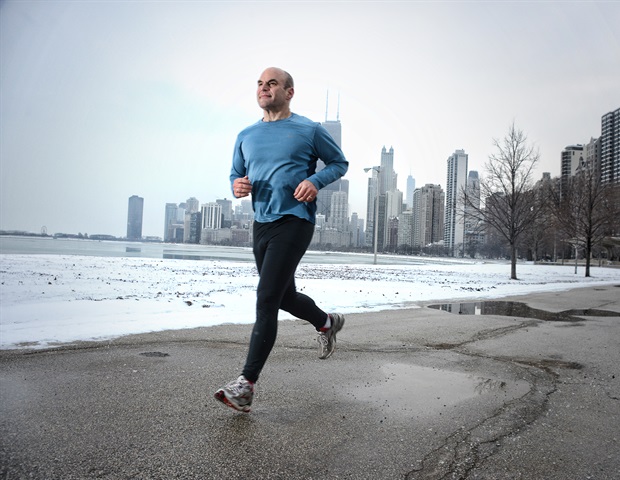An HPR abstract sessions at the 2024 EULAR congress looked specifically at harnessing the benefits of exercise in rheumatic and musculoskeletal diseases (RMD) – and the challenges to their practical implementation.
Mohamed Saadi presented a systematic review examining barriers and facilitators affecting adherence to EULAR’s physical activity recommendations. Across 68 selected articles, 29 different themes were identified – 9 of which were social, 16 environmental, and 4 systemic. The five most frequently found themes were having supportive family and friends, a supportive health professional, followed by costs, and access or proximity to adapted and supervised programs.
Importantly, there may be country-level differences in these three key factors. Social considerations include the level of support available, as well as whether people feel social pressure or body shaming, and if they have social physical activity built into their everyday lives – such as walking a dog or playing with children. Systemic differences may be apparent in costs and financial support. Environmental factors take into account aspects such as the weather, safety – and the transport needed to get to a place for physical activity. These each influence the adoption of the recommendations at an individual level. Further research is needed to understand these differences and tailor strategies for each country. As the next phase of the project, the researchers intend to develop a questionnaire to be used in four European countries. This will further identify barriers and facilitators for the uptake and adherence to physical activity according to EULAR recommendations on physical activity.
Similar qualitative work is already underway elsewhere, with information on facilitators and barriers being collected across four rheumatology outpatient clinics in Denmark. This included 10 days of observations in clinical practice – looking at patients’ routine consultations with physicians and nurses. Additionally, 12 individual, semi-structured interviews were performed with physicians, nurses, and clinical leaders. Tanja Thomsen – the first author and presenter of the work at the EULAR congress – personally conducted all observations and interviews. The Theoretical Domains Framework – with psychological and organizational domains relevant to clinical behavior change – and a template analysis was used in the data work-up and interpretation.
Barriers described by nurses and physicians were especially related to the domains of skills, competencies, and professional role or identity. This underscores the need for targeted training among healthcare professionals to allow them to provide sufficient guidance on physical activity. It also highlighted their perception of responsibility in discussing physical activity with patients. A primary barrier described by clinical management, was related to environmental context and resources – essentially around a potential lack of physical and clinical resources to provide the appropriate guidance. A mutual facilitator among informants was related to optimism, revealing shared beliefs about the possibility and potential of physical activity guidance as part of rheumatology routine care.
Taken together, these two pieces of work provide valuable knowledge about factors to address in the implementation of physical activity guidance for people with an RMD.
Source:
Journal reference:
Davergne, T., et al. Systematic review on barriers and facilitators for people with rheumatic and musculoskeletal diseases for adherence to EULAR physical activity recommendations. Ann Rheum Dis. DOI: 10.1136/annrheumdis-2024-eular.5816.
Source link : News-Medica

